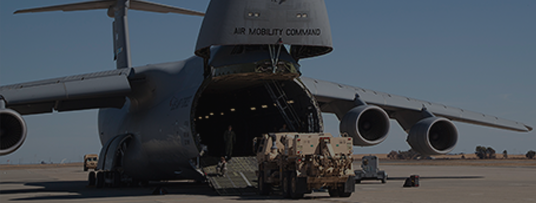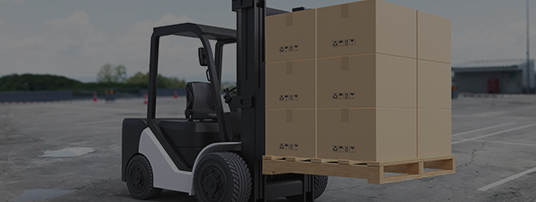Compressed air hoses are crucial components in many industrial and commercial settings, where they serve a vital role in transferring pressurized air from one point to another. However, purchasing hoses for a particular application can be a daunting task, especially for those who are not familiar with the technical aspects. Making the wrong choice can lead to inefficiencies, safety hazards, and increased costs, so in this blog, we will go over some common mistakes to avoid when selecting a compressed air hose.
A compressed air hose is essentially a flexible tube designed to transport compressed air from a source, such as an air compressor, to pneumatic tools, machinery, and various other equipment. The right hose for any application should ensure that the air delivery is smooth, consistent, and safe, while the wrong one can result in reduced efficiency, premature wear, and even system failures. Therefore, the importance of exercising caution when choosing a compressed air hose cannot be overstated.
One of the primary factors influencing the choice of a compressed air hose is the pressure requirement of the application. Each hose is rated for a specific maximum pressure, and it is essential to match its pressure rating with the operational pressure of the system to avoid ruptures or leaks. Additionally, the specific application dictates the type of hose needed. For instance, hoses used in industrial environments may require additional durability and resistance to abrasion, chemicals, or oils. In contrast, those in medical or food-grade applications must meet stringent hygiene and safety standards. Understanding the unique demands of your application is a key step to selecting which hose will perform safely and optimally.
Aside from neglecting the pressure and application requirements, a common mistake is not considering the hose’s compatibility with the substances they will be transporting. Different materials have varying levels of resistance to chemicals, oils, or other substances, and selecting a hose made from an incompatible material can lead to degradation, contamination, and system failures. It is important to consult with manufacturers or industry experts to verify that the medium is suitable for the specific fluid transfer system.
Furthermore, temperature considerations play a significant role in hose selection. Compressed air systems can generate heat, and hoses exposed to high temperatures must be able to withstand such conditions without degrading. Failing to consider adequate temperature resistance can result in softened or melted hoses, compromising the entire assembly.
Investing in quality products from reputable manufacturers can also prevent many of the common pitfalls associated with compressed air hoses. Cheap, low-quality hoses may save money initially, but can result in higher costs due to frequent replacements, downtime, and potential safety hazards. High-quality hoses, on the other hand, are designed to meet rigorous standards and provide reliable performance over an extended period.
While it is of the utmost importance to initially select a compressed air hose that is properly rated for an application, it is equally essential to prevent unexpected failures and extend the lifespan of the assembly. Operators should conduct regular inspections and maintenance, checking for signs of leaks, cracks, or other signs of wear in hoses while ensuring that the connections are tight and free from corrosion. Hoses should also be appropriately secured and routed to prevent accidents caused by them whipping under pressure or becoming entangled with other equipment. Additionally, storing hoses properly by avoiding kinks or sharp bends and protecting them from environmental factors like UV exposure can further contribute to their longevity.
In conclusion, selecting the right compressed air hose is a critical aspect of maintaining efficient and safe fluid transfer systems. By understanding the factors that influence hose selection, such as pressure requirements, temperature considerations, and application specifics, you can avoid common mistakes that lead to inefficiencies and hazards. Moreover, adhering to a maintenance schedule and investing in quality items will ensure that your hose assemblies perform reliably for a long time.
As a distribution platform owned and operated by ASAP Semiconductor, Buy National Stock Numbers serves a wide range of customer needs with over 2 billion new, used, obsolete, and hard-to-find components. We invite you to browse our top-notch selection of NSN and NATO parts at your leisure, while keeping in mind that you can request quotes on items of interest at any time using our online RFQ service and forms. Our team is available around the clock to respond to requests in 15 minutes or less from our review, and we regularly offer competitive pricing and rapid lead times for your benefit. To see how we can specifically operate as your strategic sourcing partner, start exploring our database or get in touch with a representative today.

 The only independent
The only independent



“We Proudly Support Intrepid Fallen Heroes Fund that serves United States Military Personal experiencing the Invisible Wounds of War : Traumatic Brain Injury (TBI) and Post Traumatic Stress (PTS). Please visit website (www.fallenheroesfund.org) and help in their valiant effort”.
If You’re Ever Looking for NSN parts Or Have an Aircraft On Ground Situation, Don’t forget That We offer Competitive Pricing and Guaranteed On-Time Delivery.
Request for Quote